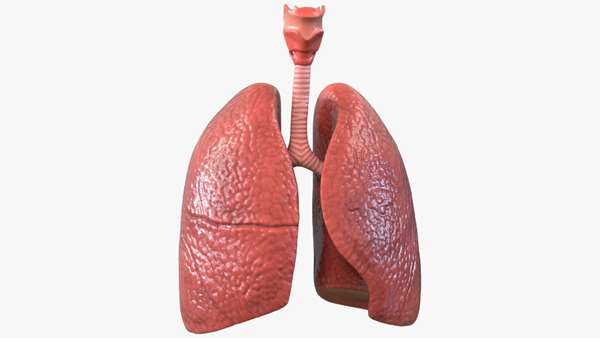New study makes strides towards generating lung tissue
Using Induced pluripotent stem cells (iPSCs), researchers have for the first time profiled the complete genetic programs of early lung progenitors identifying genes that control lung formation and have created mini-lung organoids (artificially grown cells that resemble those of an organ) that can be used to model human lungs.
Using Induced pluripotent stem cells (iPSCs), researchers have for the first time profiled the complete genetic programs of early lung progenitors identifying genes that control lung formation and have created mini-lung organoids (artificially grown cells that resemble those of an organ) that can be used to model human lungs.
The findings, published online in the Journal of Clinical Investigation, will advance the ability to use human iPSCs to study lung diseases including cystic fibrosis, respiratory distress syndrome, congenital lung disease and pulmonary fibrosis.
Pluripotent stem cells are cells that have the potential to form almost any cell type in the body and are of major interest for the repair of diseased organs. These stem cells can be generated from a simple blood sample or skin biopsy.
To identify lung cells generated from these stem cells, researchers from the Center for Regenerative Medicine at Boston University School of Medicine (BUSM) and Boston Medical Center (BMC), used a technique called gene-editing to insert a fluorescent material into an important lung development gene in the iPSCs. These cells were then treated with a series of different combinations of growth factors to generate lung cells. As cells turned into lung cells they could be identified by glowing green under a fluorescent light and could be separated from other cells to be further studied.
Researchers then developed a protocol to grow these lung cells into spheres containing hundreds to thousands of cells and to express many of the important genes of the lung as it matures which they termed "lung organoids." Next they compared the lung cells produced from iPSCs to real lung cells and identified some important similarities.
Although there has been progress in recent years in generating lung cells from iPSCs this new research offers unique insights into how the lung forms in the human embryo. "We performed a detailed characterization of these lung cells to identify the genes that control lung formation and discovered many genes that confirm conserved gene programs across species but also genes that now require further investigation," explained co-first author Finn Hawkins, MBBCh, assistant professor of medicine at BUSM and member of the CReM team. "We believe this will be very useful to advance our understanding of human lung disease by studying the process in human cells in the laboratory."
"This is also an important step towards generating functional lung tissue for patients with lung disease. Ultimately this could be used to replace damaged tissue but there are many short term benefits including testing new treatments on the individuals" own tissue in the lab before treating the patient directly," said corresponding author Darrel Kotton, MD, director of the CReM and Seldin Professor of Medicine at BUSM.
Reference:http://www.jci.org/articles/view/89950




ارسال به دوستان